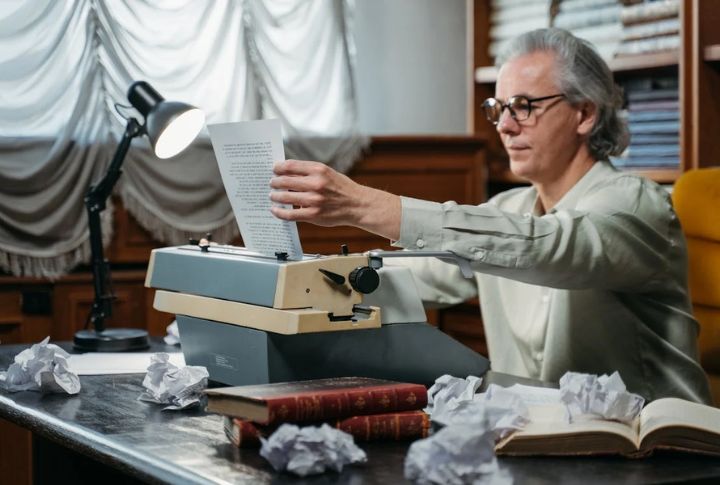
Computers and cloud storage rule workplaces everywhere, but once upon a time, a different set of devices enhanced everyone’s productivity. Now, these tools are just a reminder of the past. Let’s recall ten retro office items that modern solutions have replaced.
Rolodex Cards
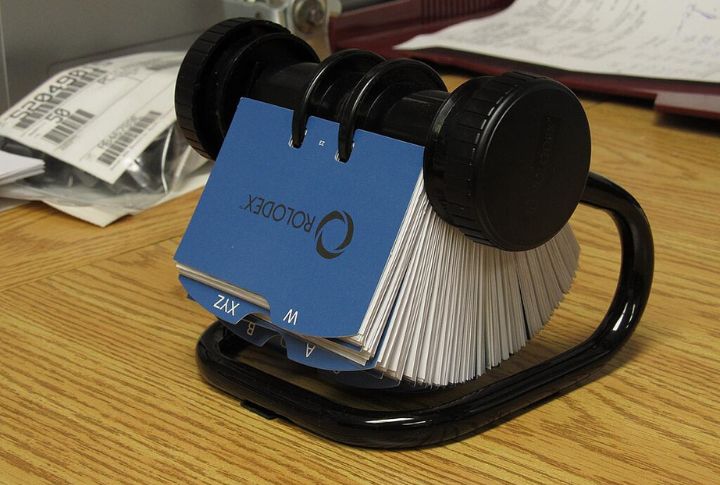
Introduced in 1956, the Rolodex was the go-to tool for storing business contact information. Its rotating design made flipping through cards a quick and efficient process, securing its spot on office desks everywhere. By the 1990s, digital contact management systems had made Rolodex obsolete.
Fax Machines
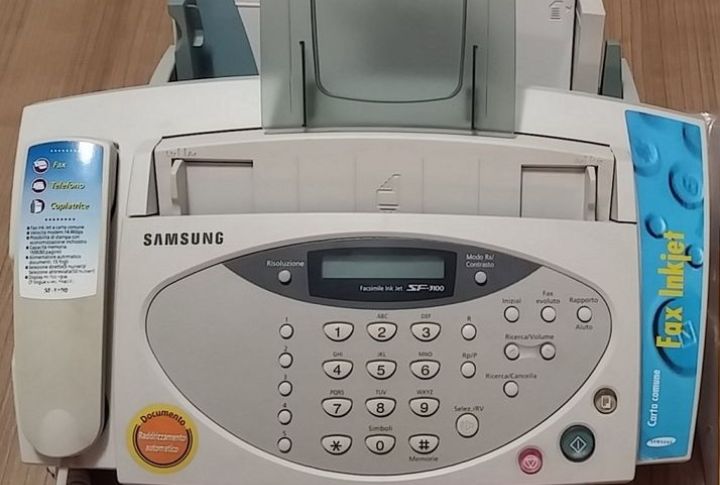
Fax machines made it possible to send scanned documents over phone lines in minutes until the 1990s. After that, email and instant messaging proved faster and more versatile. Although mostly phased out, some industries like healthcare and legal services still use fax machines for security and compliance purposes.
Carbon Paper for Copies
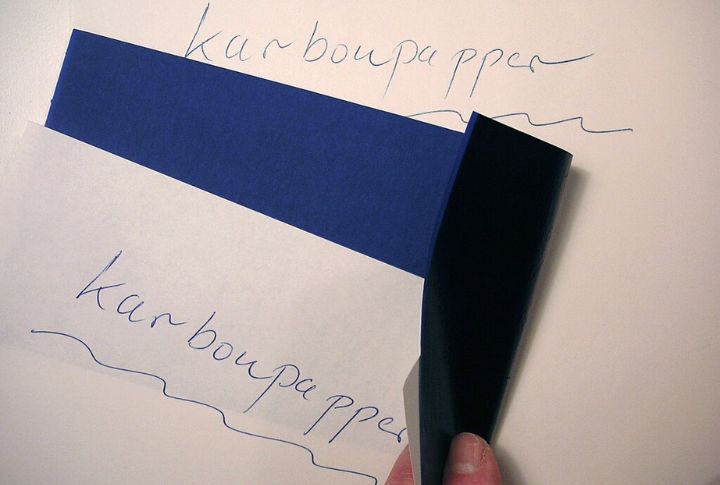
Patented in 1806 by Ralph Wedgwood, carbon paper created duplicate documents by placing them between two sheets. This method was widely used in offices for making copies of correspondence and invoices. Modern offices now rely on printers and scanners for duplication needs.
Dictation Machines
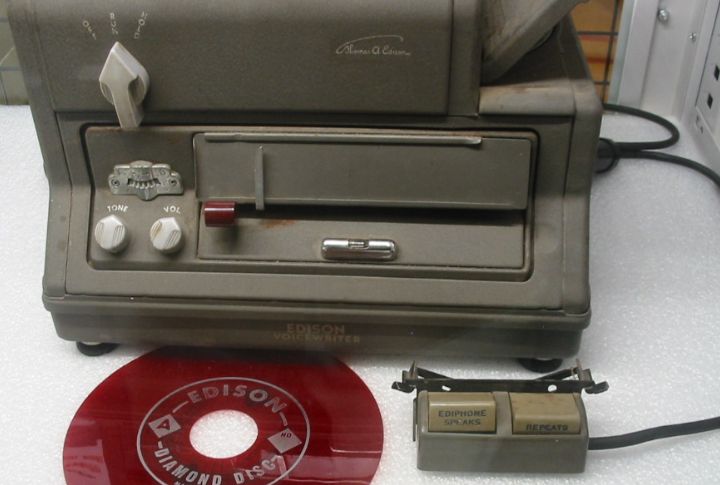
Today, we have AI-powered transcription tools, but in the early 1900s, dictation machines, like the Graphophone, recorded speech onto wax cylinders or tapes for transcription. Widely used by professionals, they streamlined workflow and saved time for many employees.
Typewriters
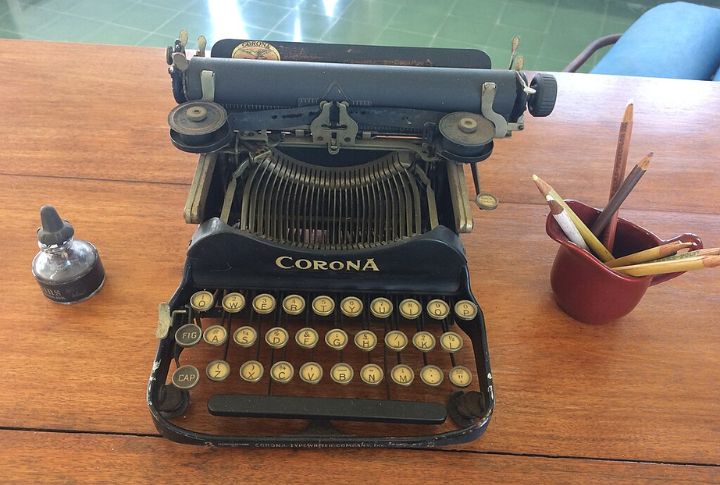
Christopher Latham Sholes invented the typewriter in 1873 and they were popular till the 1980s. Typewriters transformed writing with high speed and legibility. They were a fixture in offices worldwide. Due to their literary connection and history, people still cherish old typewriters as nostalgic collectibles.
Mechanical Adding Machines
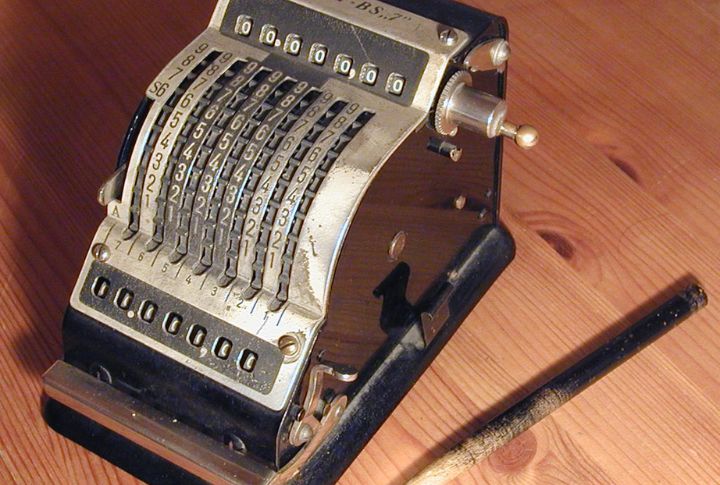
These days, our smartphones do the job but mechanical adding machines, like the 1886 Comptometer, were once used by accountants to simplify calculations. Those devices have been used by employees for decades. After electronic calculators hit the offices in the 1970s, people forgot about mechanical adding machines.
Floppy Disks
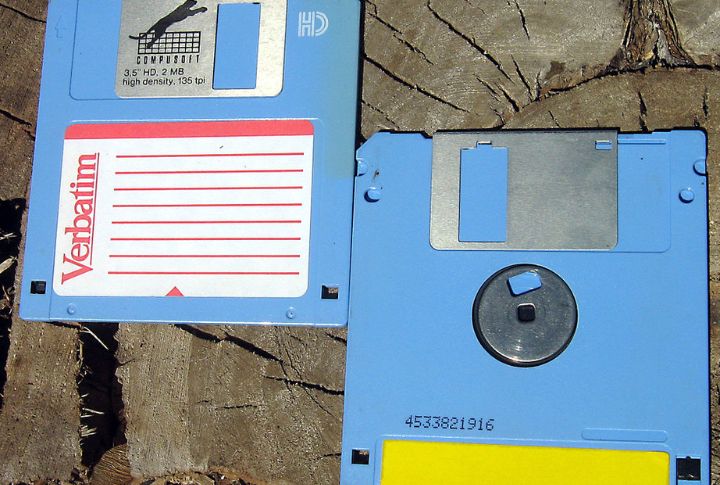
Before the 2000s, digital data was stored in floppy disks. They held 79.7 KB to 1.44 MB. People used floppies to store and transfer documents and software applications. USB drives and cloud storage eventually replaced them with faster speeds and larger capacities.
Mimeograph Machines
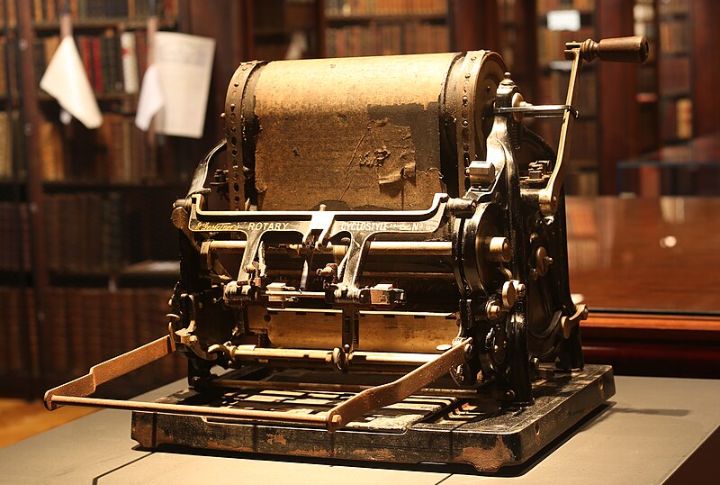
The mimeograph machine was a duplicating device that used stencils to reproduce documents. Many offices used them for printing newsletters and handouts. But that was before photocopiers—cleaner and far less messy—stole the spotlight. Today, old mimeograph machines are vintage collectibles.
Letter Openers
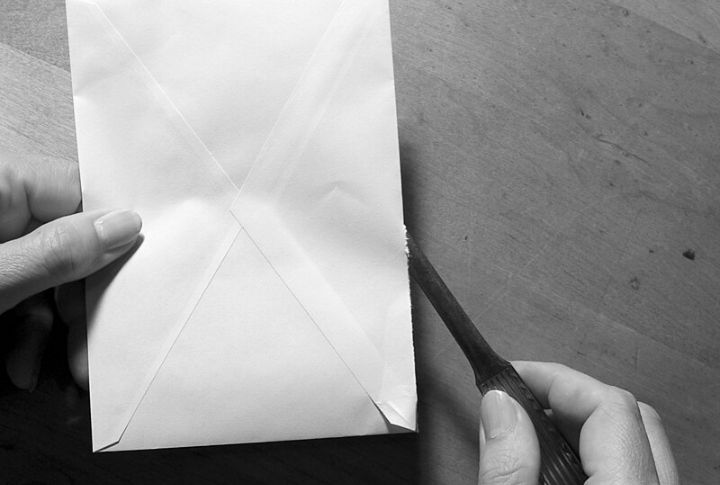
People used letter openers to slice open envelopes neatly. In a time when physical mail was the primary mode of business communication, the openers were both functional and decorative. When the volume of physical mail decreased significantly in the early 21st century, it reduced the need for letter openers.
Filing Cabinets
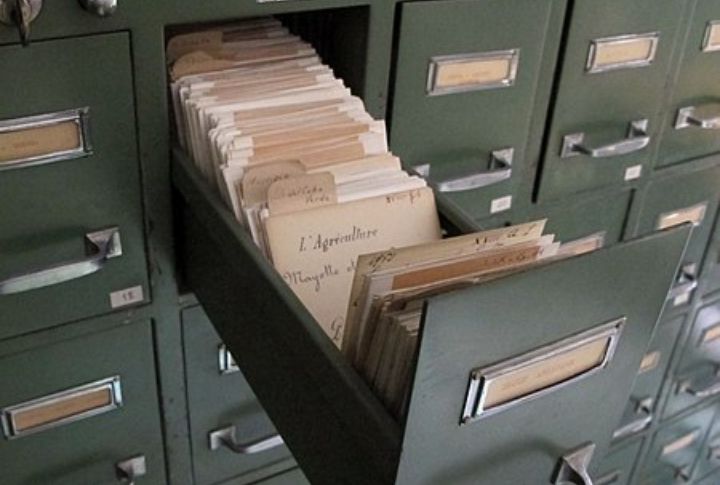
Back in the day, organizing office paperwork meant rows of filing cabinets packed with contracts and records. Then came digital systems that kicked paper stacks to the curb in favor of electronic storage. At present, cloud-based solutions rule the workplace, and document management is faster and way less bulky.

